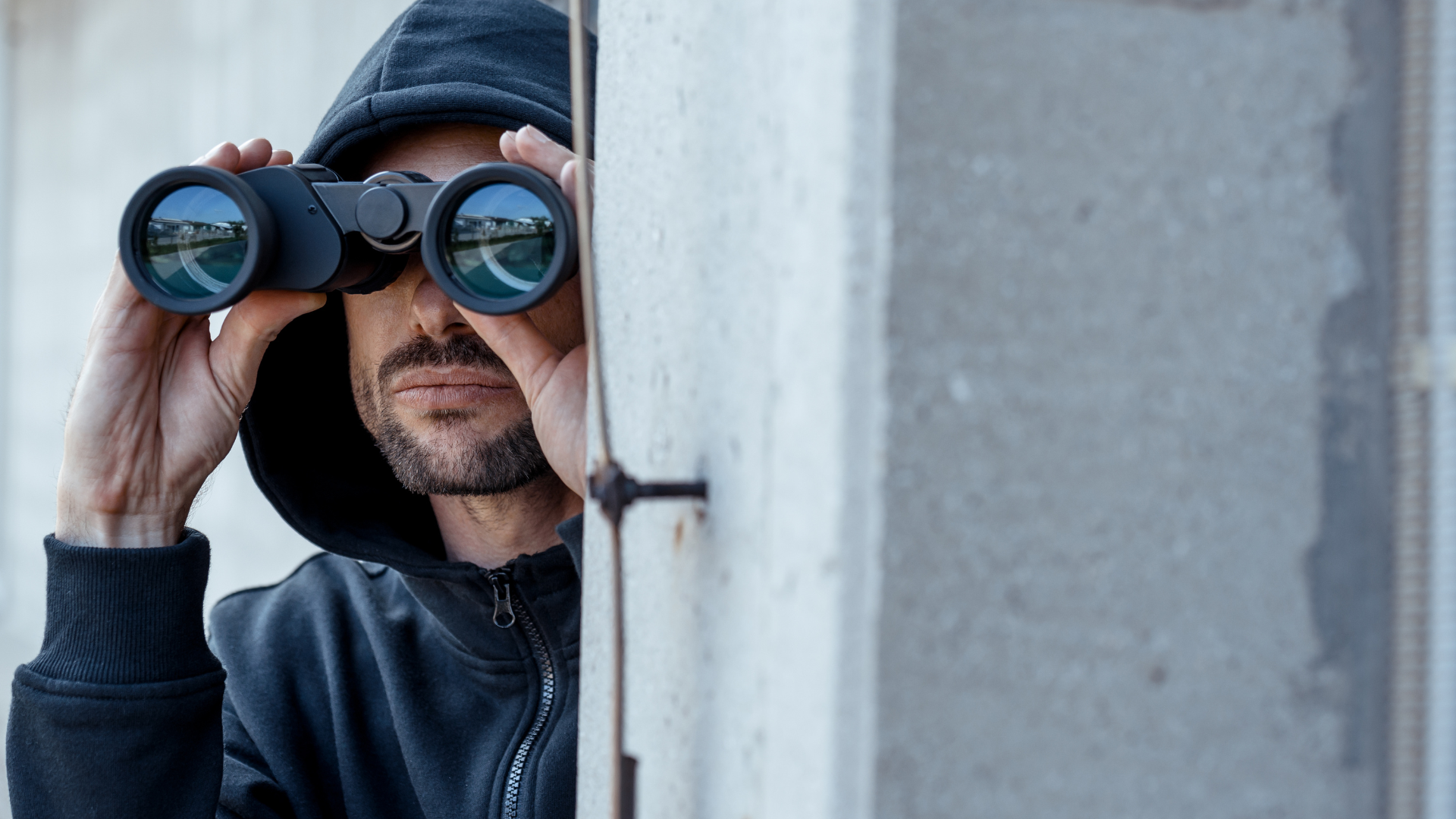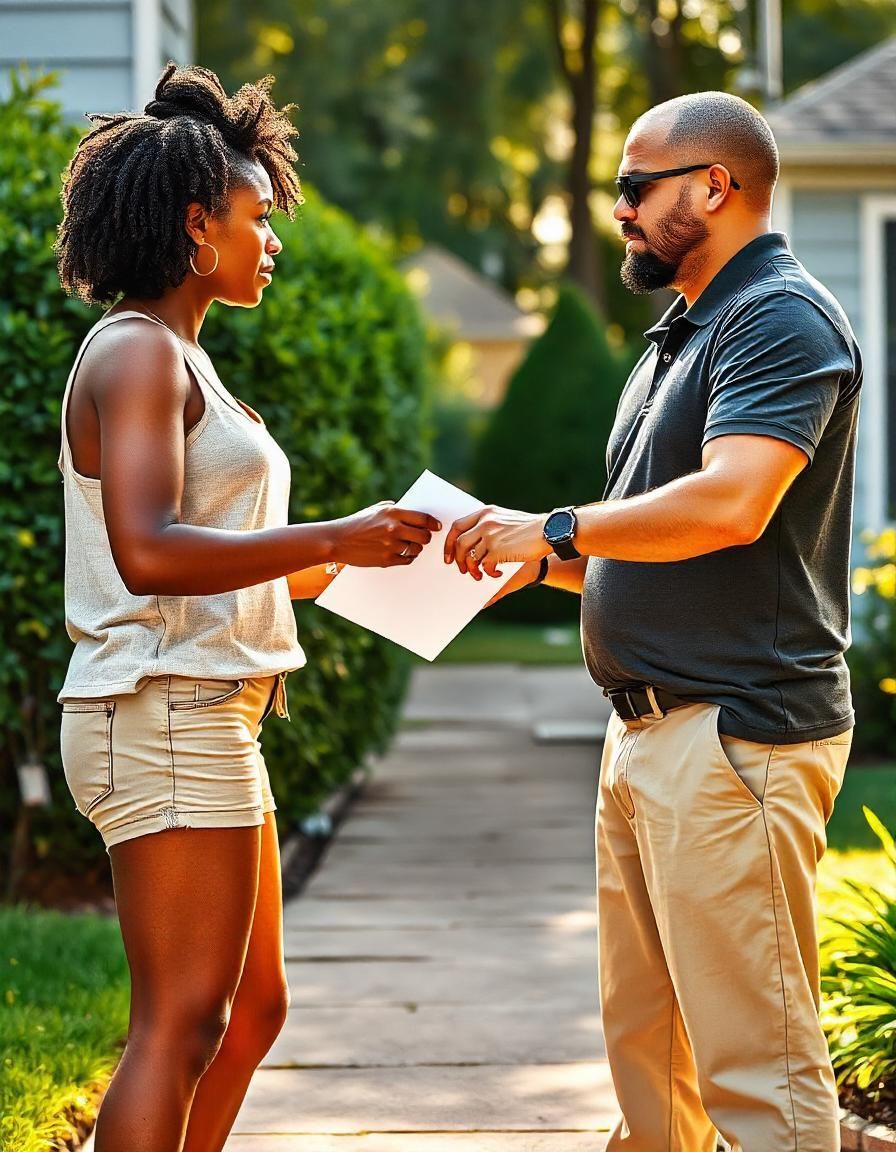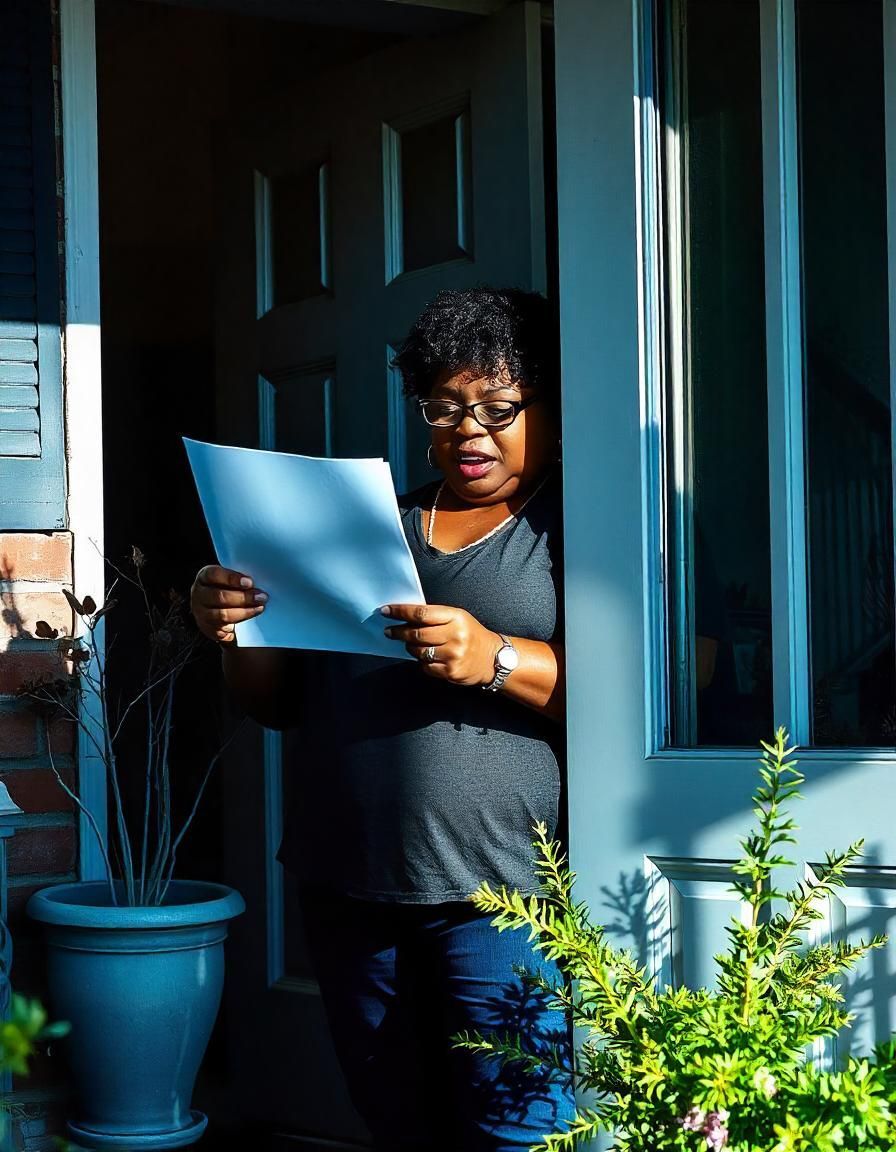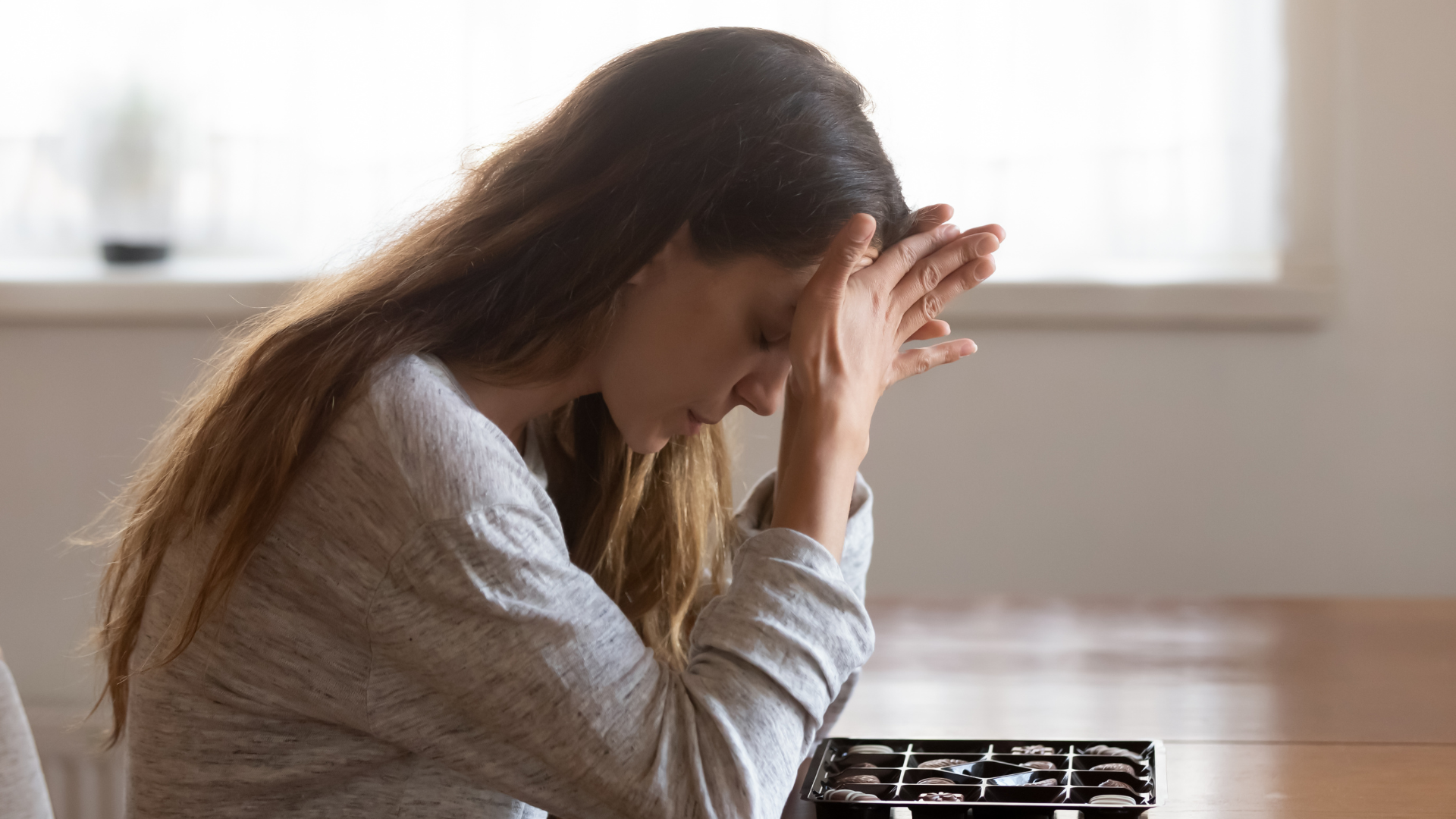THE TESTIMONY OF PRIVATE INVESTIGATORS

Virginia courts have had some pointed comments regarding private investigators. The Supreme Court in the case of Martin v. Martin (1936) said that: “it is true that the evidence of private detectives should be examined with the utmost care. Uncorroborated it is seldom sufficient in cases of this kind to sustain any judgment…as [we have said, private detectives are] a most dangerous instrument.” In the case of Colbert v. Colbert (1934), they said, “the testimony of a hired detective, in [adultery cases], should be carefully scrutinized and acted on with great caution.” An examination of two pat cases helps illustrate these comments:
In Coe v. Coe, 225 Va. 616 (1983), a private detective named Robertson was retained by Mr. Coe (who had learned from a neighbor and from his children that his estranged wife was being visited by some man), to “investigate suspected adulterous conduct on the part of his wife, Mrs. Gloria D. Coe, of 303 Laurel Path Road, Yorktown.” He was provided with photographs and physical descriptions for identification purposes. Mrs. Coe’s automobile was identified as a beige Plymouth with Virginia license URE-273.
The detective said that on Wednesday, April 9, 1980, at 3:16 a.m., he saw Mrs. Coe’s Plymouth automobile parked in the parking area of Young’s Mill Apartment complex in a “guest” spot between apartments 544 and 546. Robertson said that parked in front of apartment 552 was an Oldsmobile bearing Virginia license NPZ-794, listed by the Virginia Division of Motor Vehicles as belonging to Charles Madden, whose address was shown to be 552 Young’s Mill Lane, Newport News, Virginia; that all lights were out in apartment 552; and that the apartment has a front entrance, and also a rear entrance that leads into a ravine in a wooded area. Robertson continued his surveillance of apartment 552 until 7:13 a.m. at which time an automobile with Virginia license MGL-316 pulled into the parking area. He said a white male came out of apartment 552, got into that automobile, and the parties drove away; and that at 8:09 a.m., Mrs. Coe came out of the apartment and drove away in her Plymouth automobile. After she left, the detective knocked loudly at the door of apartment 552 but received no response. He then drove to a nearby telephone and dialed Madden’s telephone number listed in the phone book as 874-7849. He said the phone listing showed Madden’s address as Apartment 552, Young’s Mill Lane. Robertson testified that dialed on three different occasions but received no answer. He concluded that no one had been in the apartment other than its occupant Madden and Mrs. Coe, his guest.
On Thursday, April 10, 1980, at 2:58 a.m., Robertson again observed both Mrs. Coe’s Plymouth automobile and Madden’s Oldsmobile automobile parked in front of Madden’s apartment, in approximately the same places the vehicles were parked the night before. Robertson maintained continuous surveillance and testified that at 7:15 a.m. the same white male came out of the apartment, but on this day he got into his Oldsmobile automobile and drove away. He said that at 7:53 a.m. Mrs. Coe came out and drove away in her Plymouth automobile. Robertson said he again knocked on the door of the apartment and rang the telephone, as he had done the previous morning, but received no response. Photographs were taken and introduced in evidence of the Madden residence, 552 Young’s Mill Lane, of the vehicles operated by both parties, and of Madden and Mrs. Coe leaving the apartment while it was under the surveillance of the detective.
The trial court found from the testimony of the plaintiff, from the testimony of the private investigator Robertson, and from the photographs, which substantiated the investigator’s testimony, that the evidence established plaintiff’s allegation of adultery.
In Gray v. Gray, 181 Va. 262 (1943), two Private Investigators were hired to investigate possible adulterous activity between the defendant, Mrs. Gray and a Mr. Lowe. They testified: (1) that they went to the rear of Mrs. Gray’s residence on the night of August 15th and stationed themselves at a point in the back yard where they had a good view of the back porch; (2) that Mrs. Gray and Lowe were in the kitchen and later went to the back porch and there, on a cot, committed adultery; (3) that these parties committed adultery at the same place on the night of August 17th, and (4) that there was sufficient light and they were close enough to see what took place.
However, the defendant presented the following circumstantial evidence to rebut the Investigators’ direct testimony:
(1) Ages of and relationship between the parties: Mrs. Gray was 54 years old and Lowe was 30. She ran a rooming house where Lowe was a roomer. She had two children by a former marriage, a son 32, who lived with her, and a daughter 29 years old. Lowe had been a friend of the Grays and her two children for many years. When he was in the Navy he frequently wrote friendly letters to Mrs. Gray. During his acquaintanceship and before his residence in Mrs. Gray’s home, he had been a frequent guest. He had been a friend of Mr. Gray.
(2) The configuration of the house and witnesses therein: Mrs. Gray had her rooms filled so she slept on a cot on the screened back porch. The weather in August 1941 was hot. Her son occupied the second room from the back porch on the same floor. All of the windows were usually raised on account of the heat. Mrs. Gray’s home was one-half of a double house and the back porch ran in the rear of the entire house, with a partition separating her half from the other half. In the other half lived the Pierces, a young married couple, and they too slept on their part of the screened back porch in hot weather. The Pierces neither heard nor saw anything that would indicate improper conduct on the part of Mrs. Gray. They stated that only a partition separated them from Mrs. Gray and that unusual noise on Mrs. Gray’s part likely would have attracted their attention.
(3) The dogs: On the nights in question, Mrs. Gray had had a dog loose in her backyard and the Pierces also had a dog in their half of the backyard. The next-door neighbor had five dogs in his yard that were loose. There was testimony that the dogs would have likely spread the alarm in the Private Investigators had actually been in the rear of Mrs. Gray’s home.
(4) Mrs. Gray’s physical condition: At the time in question, Mrs. Gray was suffering from the effects of menopause. There is testimony that this affliction caused her almost constant pain and hemorrhage during August, 1941, and that she was too sick to engage in the alleged acts.
The trial court was of opinion that the alleged adultery of Mrs. Gray had not been proven. It discarded the testimony of the detectives and accepted that of Mrs. Gray and her witnesses.












